When you’re returning to work after having a baby and breastfeeding is part of your routine, you may be wondering how you can prepare to pump successfully for your little one. Look no further — we’ve got you covered.
No matter when it comes, going back to work after having a baby can be tough. Maybe you’re excited about returning to your job (and adult conversation!). Perhaps you’re feeling melancholy about being separated from your little one. Perhaps a little bit of both — or something else entirely.
Whatever you’re feeling, it’s valid. Breastfeeding parents have a lot of pressure on them to do everything, so we’re not here to add to it. That being said, we want you to have the resources you need to tackle whatever’s on your plate. And for some parents, returning to work means adding pumping breast milk to their plate.
Don’t stress. We’ll walk you through how you can prepare.
You’re going back to work, and you’re going to be bringing your breast pump along with you. That’s awesome. And it’s your legal right to pump at work for up to the first year of your baby’s life.
However, the transition back to work will be easier for you if you’re walking into a supportive environment. Set yourself up for the workplace support you need by talking with your employer ahead of time. Letting them know that you’re planning to pump gives them the opportunity to have a space ready for you to pump.
Another conversation you should have is with your partner. No, they’re probably not going to be able to help you pump, but pumping does involve a little more work. Cleaning pump parts, preparing bottles, organizing your milk stash — you get the idea. Make sure they get the idea, too, and divide up responsibilities. This will hopefully decrease some of your stress.
If you’ve been home with your baby, you may not have even looked at your pump yet. Now’s the time to open it up and check it out.
There are all kinds of different pumps out there. Is it manual or electric? Is it a hospital rental? Double or single? They all have different features, so test out the settings, make sure the flanges are correctly sized and pump a few practice bottles. It may take some time to figure out how your pump and your milk supply respond to one another.
A good resource for this? Your pump manufacturer’s website. They often have helpful videos on how to set up and use their pumps!
Your baby might also need some practice. With the bottle, that is. If your baby has only nursed, he or she may need a transition period to learn how to master bottle feeding. Some babies take to the bottle immediately, while others require a few weeks to adjust.
And don’t worry if your baby does take time to adjust. Finding the right bottle, the right feeding position, the right bottle temperature, these things can all take time.
“Start offering a bottle to your baby around 4-6 weeks old,” shares Nest Collaborative IBCLC, Lori Theisen. “Just one or two times a week will be helpful. Then, two weeks before you go back to work, make an appointment with Nest to help you navigate going back to work and pumping.”
If you know you’re heading back to work sooner rather than later, you can start bottle feeding around 4 weeks once your milk supply has started to regulate.
Before you head back to work, get your flanges in a row. (So to speak.) Preparing will help keep your milk supply from having performance anxiety on your first day back.
When you talk with your employer, find out where you’ll be able to pump at your workplace. By law, they’re required to provide you a clean, private space to pump — and it can’t be the bathroom. That being said, even the best-intentioned workspaces can be busy. Having a workplace pumping kit can help you feel good about your privacy. This kit can include:
The last items are especially important. Seeing pictures or videos of your baby can help trigger your letdown, and increasing your comfort is helpful for relaxing. (Stress is an inhibitor for your letdown.) Other tips for relaxing include listening to calming music, using a meditation app, or incorporating aromatherapy hand massage while you pump.
Once you’ve pumped your milk, you’ve got to keep it cool. If your workplace has a common fridge, you’re legally allowed to store your milk there. Still, to be on the safe side, consider getting labels, so there aren’t any unfortunate mixups.
If there’s not a fridge you can use, don’t worry. Investing in a breast milk cooler is a great move, especially if you’re going to be pumping a lot.
Lots of parents worry that once they return to work, their milk supply will drop. It’s a very fair concern. Your milk supply can be impacted by changes in routine — and this is a big one. But remember that milk supply is all about supply and demand, and creating a schedule for pumping can go a long way towards protecting your milk supply.
First thing’s first, your pumping routine should ideally mimic how often your baby feeds at home. That means pumping every 2-3 hours if possible. Worried about getting overscheduled while at the office? Add your pump sessions to your work calendar, so you get reminders — and make sure your coworkers know you’re unavailable for those periods.
Pumping at work is all about efficiency. While it’s nice to step away from the hustle of your work routine, you also want to be productive. Make the most out of your pumping sessions by adding in breast massage while you pump. Massage helps fully empty your breasts, prevents clogged ducts, and keeps your supply strong. It also helps deliver fattier milk — an added bonus for your baby!
You don’t need a massive breast milk stash before going back to work, but having a few days of milk can take some of the stress off you.
How much do you need? It depends on your baby and their needs. A good approach for most families is to start pumping first thing in the morning — that’s when your prolactin levels are highest, and you’ll get the most milk output — around 2 weeks before returning to work. This should give you a good start on your back-to-work stash.
If pumping is part of your breastfeeding journey, we want you to feel confident about your next steps. We’re here to answer your questions and help you find solutions. Book a convenient online video appointment with a Nest Collaborative IBCLC today.
